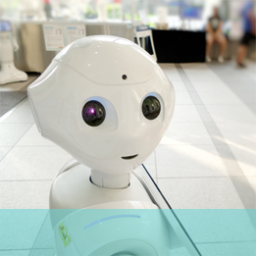
Common Issues with Chatbot UX
Chatbots are relatively new, and like all new developments, there will be teething problems and user experience difficulties that present challenges to those wishing to use the innovation. This doesn’t mean that you shouldn’t engage with the technology and the problems it presents are nothing that can’t be tackled by current methods of user testing and continuous review and development.
Though the technology is in its infancy there is a body of evidence growing as to why and how chatbots fail. It might be useful to look at some of these before you consider your own venture into the field.
- Insufficient vocabulary and understanding to deal with user requests – if the bot cannot process and understand a wide enough range of requests it will be unable to fulfil its primary function of helping the user;
- Too wide a scope making programming and anticipating types of request and language too broad – if you try to do too much with a bot or make its scope too general you will very likely fail in this aspect. Focusing down makes it easier to create a bot that can provided helpful responses and information to users to act upon;
- Insufficient attention paid to likely user pathways and sequences leading to poor understanding and therefore a lack of meaningful responses for the chatbot to select or formulate from;
- Lack of user testing and performance reviews to determine whether the bot does what is supposed to and how it handles unusual or difficult queries: this is crucial to any process like this – if you don’t know how users react and interact with your service you can’t hone and improve it;
- Lack of help for users in determining how to frame questions, what sorts of options and pathways are open to them, what the bot can (or can’t) do;
- Insufficient integration with business model and lack of linkage with user information, buying patterns and other critical data – this can cause repeated (and annoying) questioning from the bot leading to customer frustration and possible abandonment of the conversation;
- Lack of human backup or default escalation procedures when the bot gets into difficulty – this can lead to conversations stalling or just coming to a dead halt. Not a good result for you or the user;
- Irrelevance or lack of clear purpose – it should be apparent what the bot is for and what it can do. Users will quickly become disillusioned if it isn’t what it appears or can’t do what they expected.
- The chatbot is boring, doesn’t engage and/or lacks any sort of interest or personality. While the bot is a tool it does need to engage and hold the user by either entertaining or providing useful information in a pleasing way and context. If it does neither of these people will soon get fed up and abandon the conversation.
No doubt more and more relevant data will emerge as chatbots develop and become more prevalent and sophisticated but, if you are thinking of entering the arena, it would be wise to learn from others’ mistakes so far. There have already been some spectacular fails in this area. Don’t be the next one!
If you would like more information about designing and developing chatbots, why not ring us on +44(0)800 024624 or email us at hello@ux247.com.














